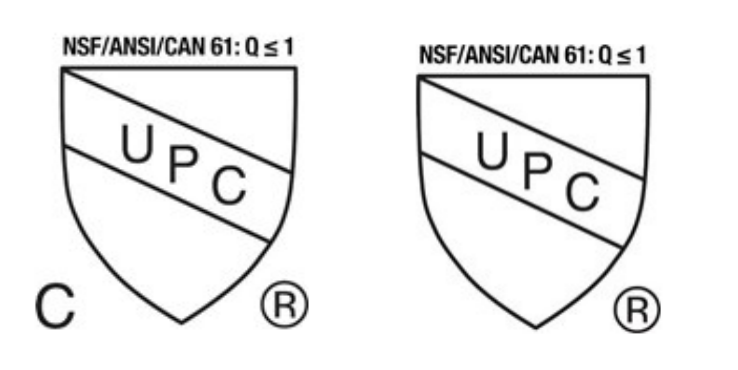AB100, known as California's "New Lead" act, was signed into law by the governor of California in mid-October, 2010. This change may affect the certification of your products that you have already obtained. The following is a brief analysis of the contents of this Act.
Similar to the familiar AB1953 act, the new AB100 provides a new definition of "low-lead products" in California in the form of a state statute, which applies to the end products of drinking water lines. California requires these products to be tested and certified in accordance with NSF/ANSI/CAN 61-2020 to ensure that the amount of lead released from the product is less than 1, or they will not be sold in California.
What products will be affected?
- Terminal equipment installed in drinking water transmission lines must comply with the requirements of the regulations. Terminal equipment referred to in the regulations usually means a product installed in a drinking water transmission line that can access the last liter of water before discharge and can function independently. (Some examples are given in the regulations, such as water taps, cold/hot water machines, ice makers, etc.)
When will the new regulation come into force?
- The regulations specify two important points in time
• Products manufactured after January 1, 2023, and related products sold in California must meet the requirements of the regulations.
• From 1 July 2023, old stock (i.e., products manufactured before 1 January 2023) will not continue to be sold if it cannot be shown to meet regulatory requirements.
What are the requirements for related products in the regulations?
- A product must meet the following three requirements to be considered as complying with the regulations
• Products must have certification from a third party certification body recognized by the American National Standards Institute (ANSI).
• Certification must clearly indicate that the product meets the relevant requirements of NSF/ANSI/CAN61-2020.
• Consumer-oriented packaging or product labels must clearly indicate the words NSF/ANSI/CAN 61:Q ≤ 1, so that consumers can identify and select the product.
What should I do as a licensee?
• Communicate with your buyers or sales channels to determine which of your products are affected by this regulation and are likely to be sold in California.
• Review the certification test data of the relevant product to confirm that the technical data is sufficient to demonstrate that the product complies with the new regulations.
• For products that are currently technically compliant with this new legislation, please contact IAPMOR&T and submit the relevant information for application. We will evaluate your information and update your certificate. The updated certificate will clearly indicate which products have been identified as eligible for the new requirements.
• If the technical data is insufficient (for example, the test standards used are long overdue), you will need to contact the testing laboratory to retest the amount of lead released from the product.
• Some previously certified products may have to undergo design changes (such as changes in raw materials, etc.) to comply with the new requirements. In this case, in addition to testing the amount of lead precipitation, the product must also be re-verified for mechanical properties (such as holding relevant mechanical properties certificates).
• After the certificate is updated, the relevant product packaging or label design needs to be modified to include the words "NSF/ANSI/CAN 61:Q ≤ 1" to comply with the regulatory requirements. See the following ICONS

For the original English version of regulation AB100, please visit the following website:
https://leginfo.legislature.ca.gov/faces/billTextClient.xhtml?bill_id=202120220AB100
If you have any other questions, please feel free to contact us!